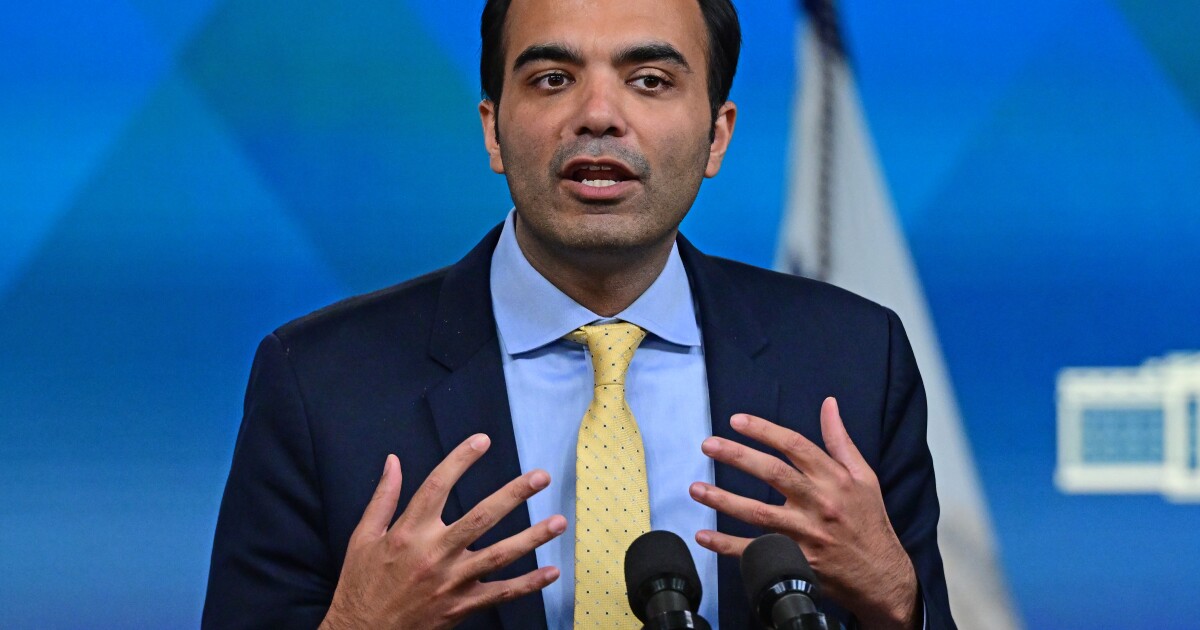
Mortgage origination volumes decreased for the 10th straight quarter to close 2023, but the
Total volume came in 11% lower at the end of the fourth quarter last year, falling under 1 million originations to just over 930,000, Transunion reported in its latest credit-industry insights report. While quarterly volumes have consistently dropped for over two years, the latest decline was the smallest during that period, and came after a 22% year-over-year drop three months earlier when lenders originated 1.2 million mortgages. By comparison in fourth quarter 2022, new originations plunged by a rate of over 64%.
"Stubbornly high interest rates continue to suppress the mortgage market, keeping many would-be home-buyers on the sidelines until rates begin dropping. There remains hope that rates will decline over the course of 2024; however, that may happen later than previously anticipated," said Satyan Merchant, Transunion senior vice president, automotive and mortgage business leader, in a press release.
"While originations remain down YoY, the rates of decline continue to decelerate, which may be a sign that some consumers are simply tired of waiting," he added.
A reflection of such sentiment appears in the government-sponsored mortgage market. FHA-insured loans in the three-month period grew by 9% on an annual basis, the first mortgage segment to show an increase in two years.
The surge in FHA lending, in combination with corresponding recent data from the Mortgage Bankers Association
At the same time, FHA-sponsored mortgages garnered its largest slice of origination volume since 2014 at 19.7%. Government-sponsored enterprise-guaranteed originations accounted for 36.4%, while portfolio loans followed at 30.2%. Department of Veterans Affairs-backed products came in at 9.7%.
With the rapid rise of interest rates, which are more than two times higher from early 2022 marks, purchases outnumbered refinances by a large margin with 88.3% of the market compared to 11.7%. Just two years earlier in the fourth quarter of 2021, refinances made up 44.4% of volume.
Among consumers refinancing between October and December 2023, approximately 85,500 took cash-outs, while 23,400 applied for rate-and-term loans.
The average origination amount held steady, rising to $327,102 from $327,050 between fourth quarters of 2022 and 2023. Mean balance per consumer increased 2.9% to $260,745 from $253,514.
The cumulative balance of all mortgages nationwide finished last year at $12.1 trillion compared to $11.8 trillion at the end of 2022.
Meanwhile, the home equity lending space saw a slowdown after volumes grew in 2022 when mortgage rates began their rapid rise. Total home equity borrowing volume, which also factors in cash-out refis, came in at just over 587,000 in the fourth quarter, a 16% fall from 682,000 12 months prior. Home-equity lines of credit decreased 17% year over year, while loans fell 4%.
Originations are falling as tappable home equity continues growing, up to $20.3 trillion at the end of last year, Transunion said.
Elsewhere in its report, Transunion found steady growth in the number of consumers carrying credit card balances, up 2.2% annually, with average debt also higher by 8.5% at $6,218. Total credit card balance nationwide stood at just over $1 trillion early this year compared to $917 billion in the first quarter of 2023.
The new data comes after the Federal Reserve Bank of New York this week also issued its quarterly report, which found a growing share of credit card borrowers



